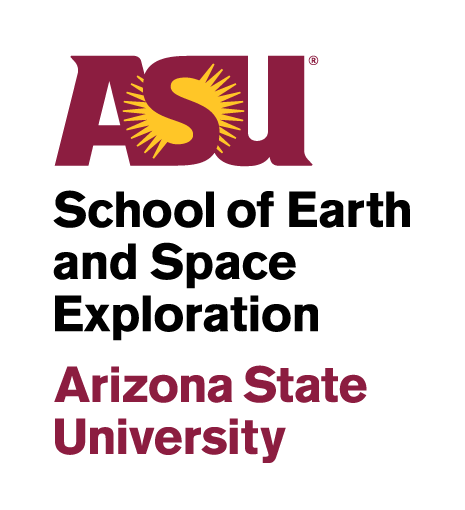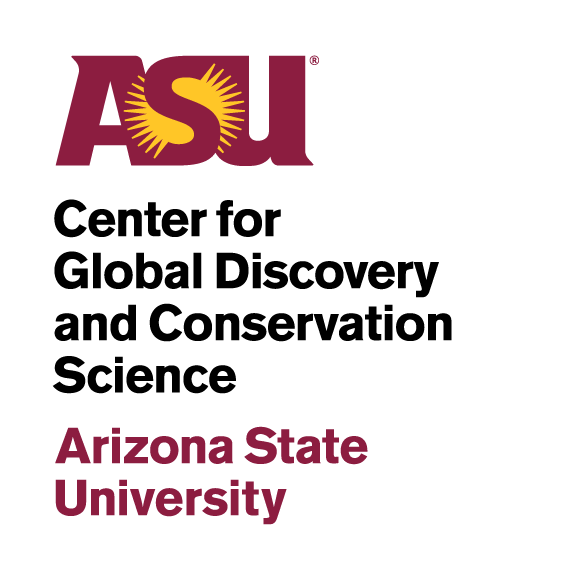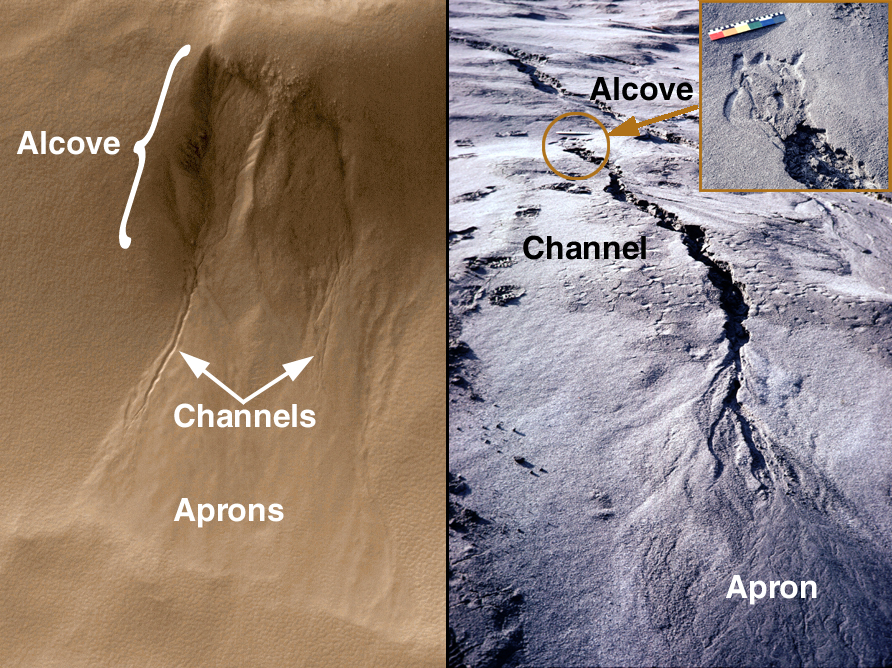Planet Labs Incubator at ASU
Planet Labs and ASU have partnered to provide free access for ASU users to an expansive Earth-observation dataset! Planet Labs downlinks 11 terabytes of satellite imagery data per day from their large network of cubesat spacecraft! The Planet constellation of satellites orbits the Earth every 90 minutes, providing time-resolved data useful to a range of users, including students, researchers, and even policy makers.
ASU NewSpace’s Tanya Harrison Selected for Planet’s Science Ambassador Program

Planet RapidEye view of the Haughton impact structure, July 2015.
Approximately 23 million years ago, an asteroid (or comet) struck what is now Devon Island, high in the Canadian Arctic, forming the 20-kilometer-wide Haughton crater. The cold polar desert climate of Devon Island provides a good analogue for the surface of Mars right here on Earth. The surface of Mars is also covered with impact craters, making the Haughton impact structure of particular interest to Mars scientists. Haughton hosts hundred of features called “gullies.” On Earth, gullies are small channels on hillsides carved by water. When geologically youthful features resembling these were observed on Mars, they created a conundrum: How did features that appear to have been carved by water form on Mars in a period when the climate shouldn’t have been conducive to sustaining liquid water at or near the surface? This became even more of a mystery when it was discovered that some of these martian gullies are active today.
Gullies on Mars (left) compared to gullies on Earth (right). Image credit: MSSS.
Tanya will be taking advantage of Planet’s high cadence coverage of Earth to monitor activity in the gullies within Haughton. Combined with ground-based data from field expeditions, this will tell us about the timing of gully activity and what the drivers for it are on Devon Island. By seeing how gullies are active in this Mars-like environment, and how that activity affects the morphology (shape) of the gullies, this can help us learn how gullies may have formed on Mars.
Contact Info
781 E. Terrace Road
Room 632
Tempe, AZ 85287-6004
PO Box 876004 Tempe, AZ
85287-6004
Phone: 480.727.2153
Fax: 480.965.8102
[email protected]
ASU is #1 in the U.S for Innovation

A.S.U is #1 in the U.S for Innovation








